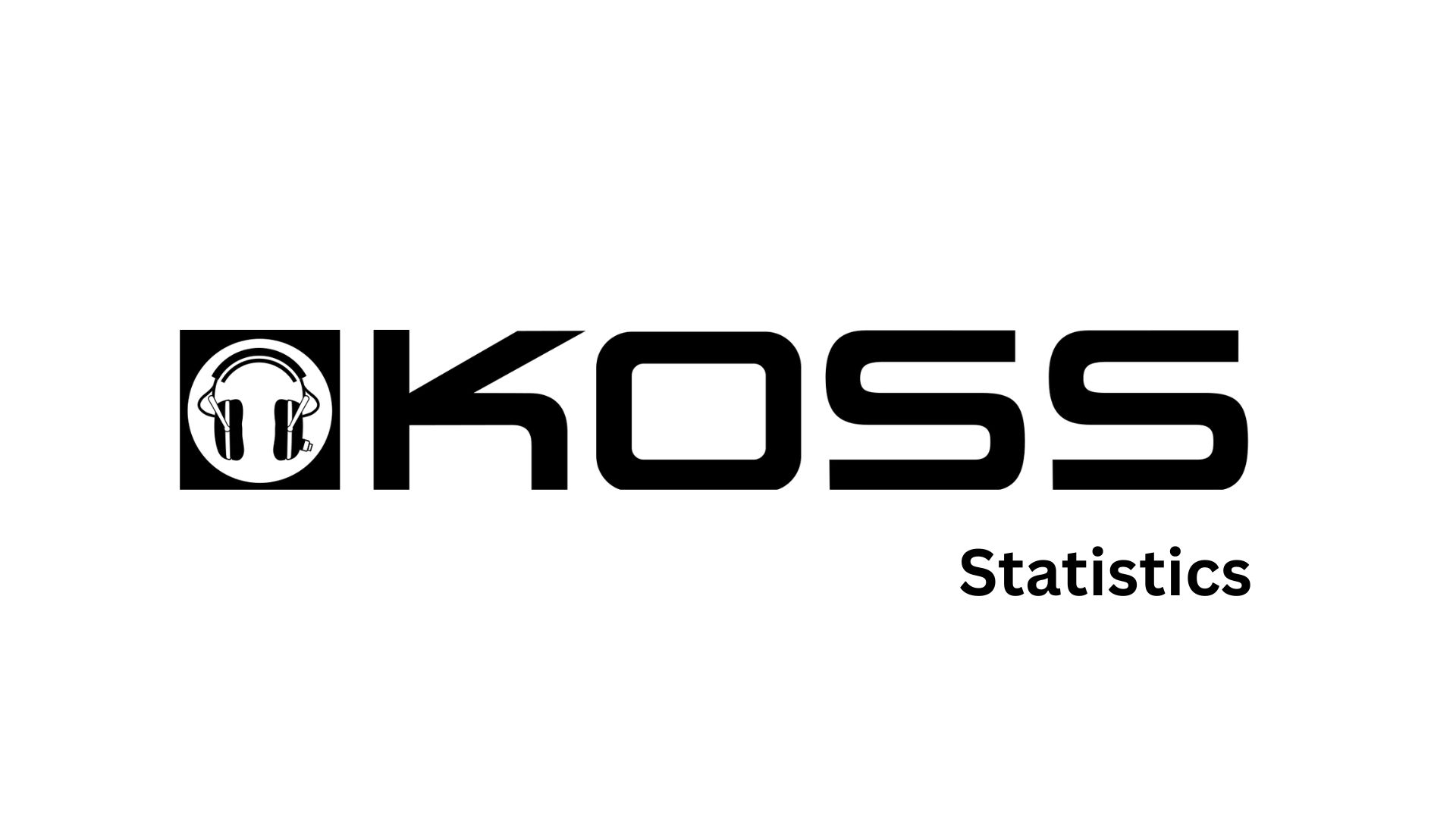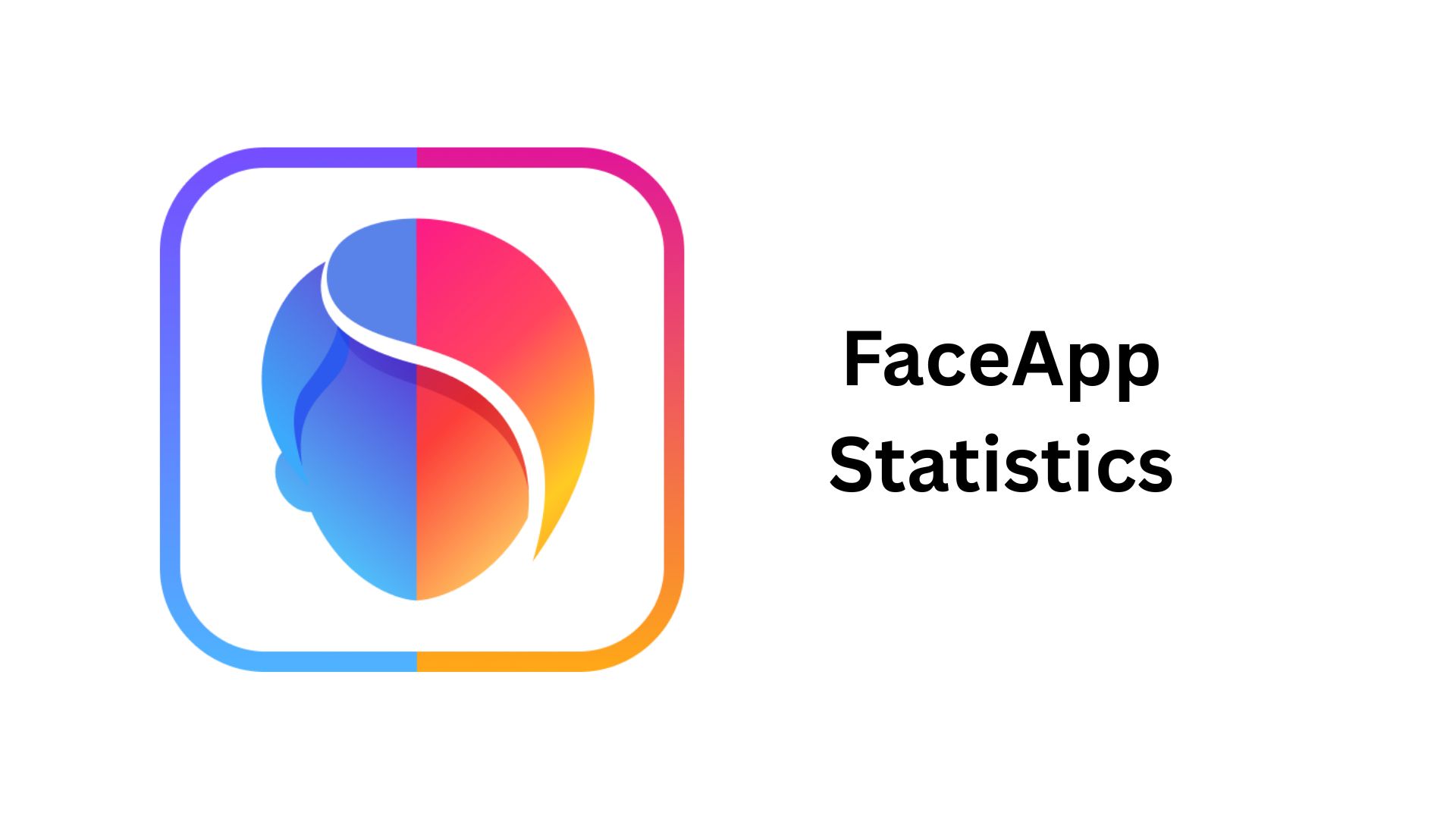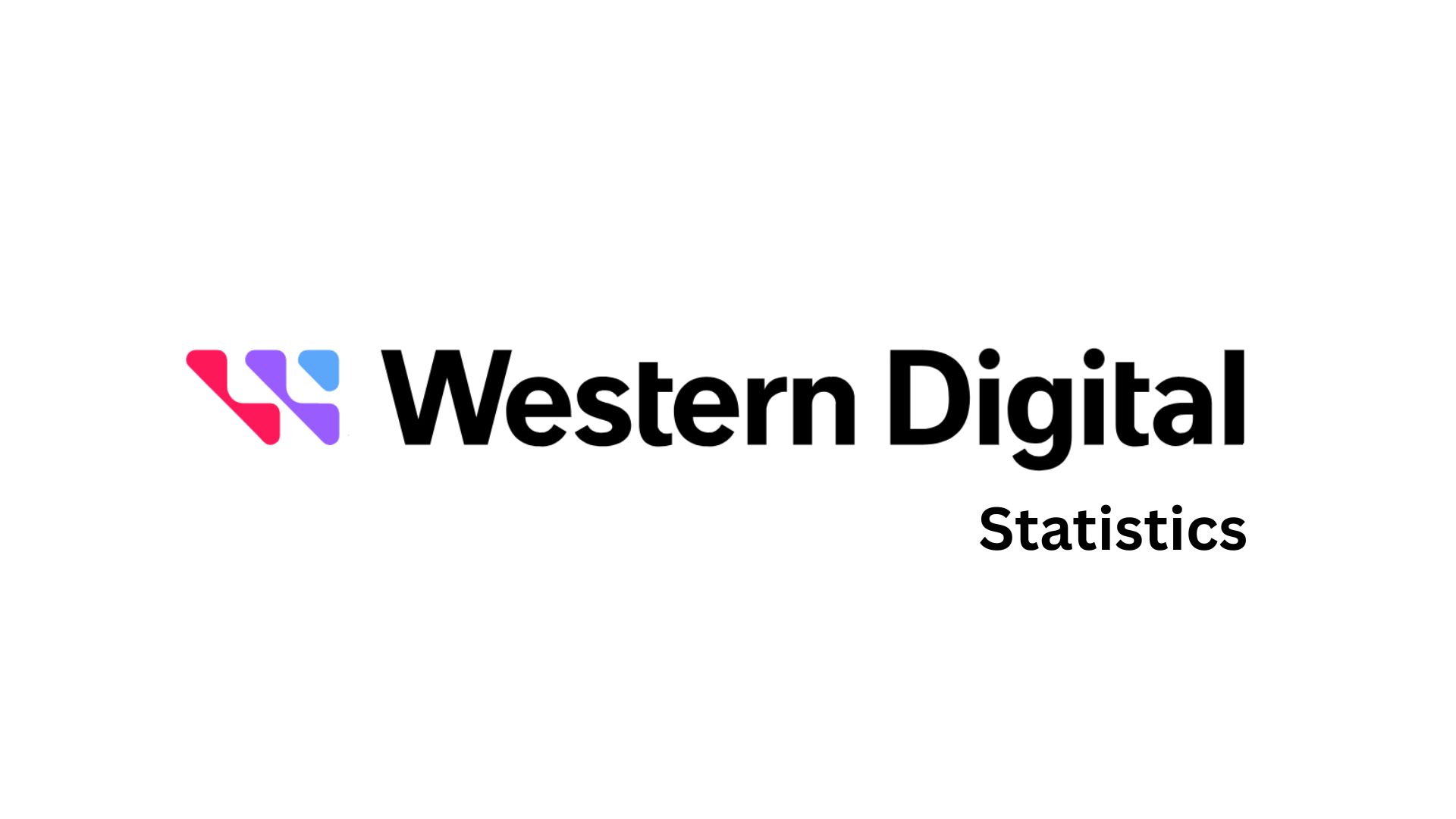Predictive Analytics Statistics By AI Adoption, Market Size, Region, Trends And Facts (2025)
Updated · Sep 16, 2025
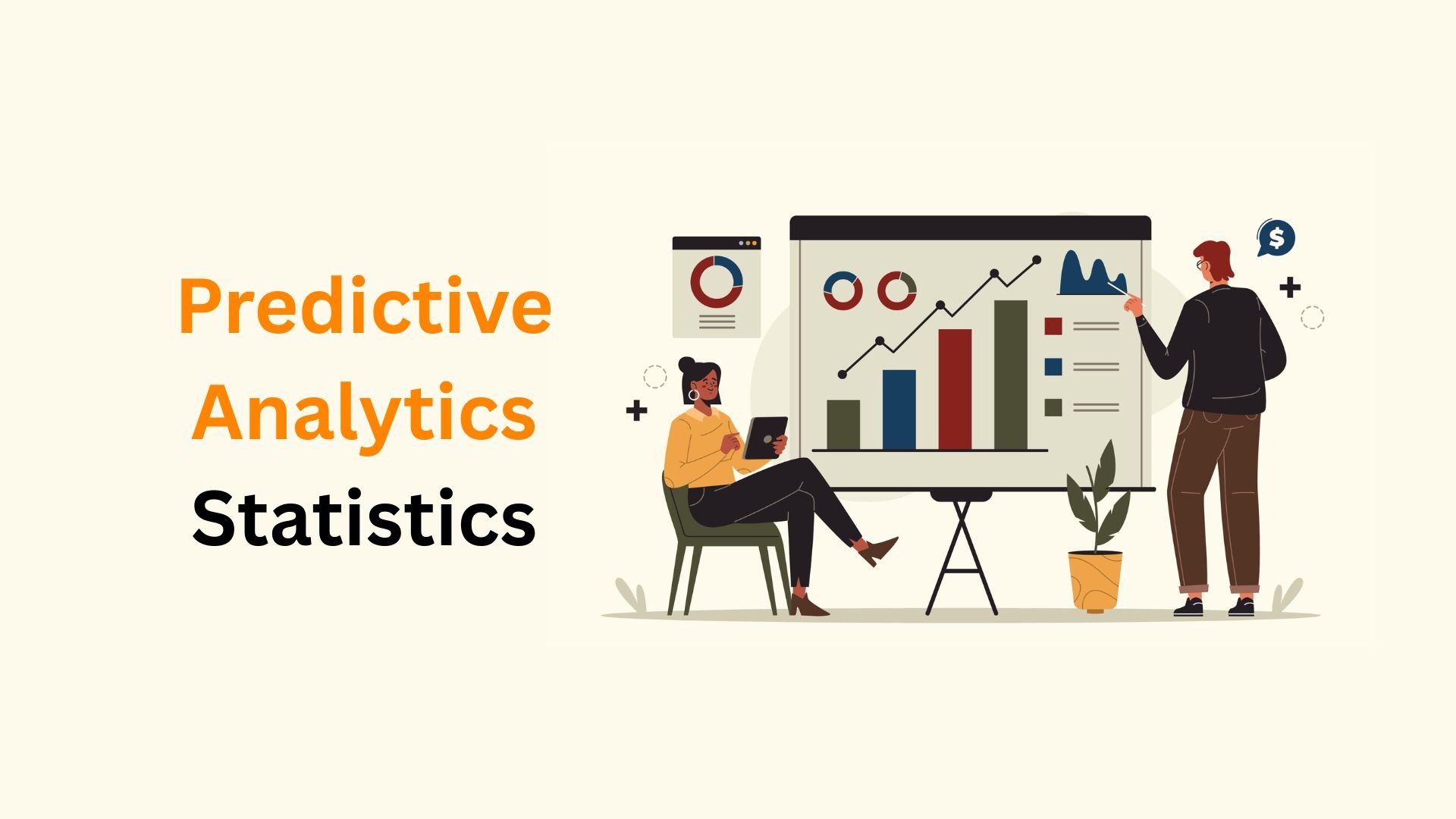
Table of Contents
- Introduction
- Editor’s Choice
- Predictive Analytics Market Statistics
- By Components
- By Region
- By Country
- By Enterprise Size
- Predictive Analytics Market Statistics in the United States
- Top Tools of Predictive Analytics
- Companies Using Predictive Analytics and AI Statistics
- Key Predictive Analytics Capabilities for Investors
- AI Adoption in Predictive Analytics Statistics
- Recent Development of Predictive Analytics
- Conclusion
Introduction
Predictive Analytics Statistics: Predictive analytics uses various methods like data mining, predictive modelling, AI, machine learning, deep learning, and data mining to generate accurate predictions and insights. It is a type of business intelligence tool that identifies patterns and connections in large datasets, helping organizations predict behaviors and outcomes.
Unlike traditional BI tools, predictive analytics focuses on the future by learning from past events. Predictive Analytics Statistics article includes several of the latest analyses from different web sources that will provide effective guidance about the topic.
Editor’s Choice
- According to scoop.market.us, the total revenue estimated to be earned by the Predictive Analytics market will reach USD 17.3 billion by the end of 2025.
- As of 2024, the North American region secured the highest share in the Predictive Analytics market with 46%.
- By 2025, the revenue of the predictive analytics market is expected to be USD 11 billion from solutions and USD 7 billion from services.
- Moreover, the United States Predictive Analytics market will be worth around USD 5.63 billion in the same period.
- Reanin Research Analysis states that almost 55% of businesses today use predictive tools, showing a clear move toward data-driven decisions.
- Around 48% say these tools have improved accuracy and productivity.
- By 2025, nearly 42% of organisations will be turning to predictive analytics to manage rapid changes.
- Meanwhile, many companies note around a 38% rise in efficiency from its use.
- As of 2025, more than half of businesses are likely to use AI-based predictive analytics.
- As per seosandwitch.com report, about 74% of organisations now use AI-powered predictive analytics to improve decision-making.
Predictive Analytics Market Statistics
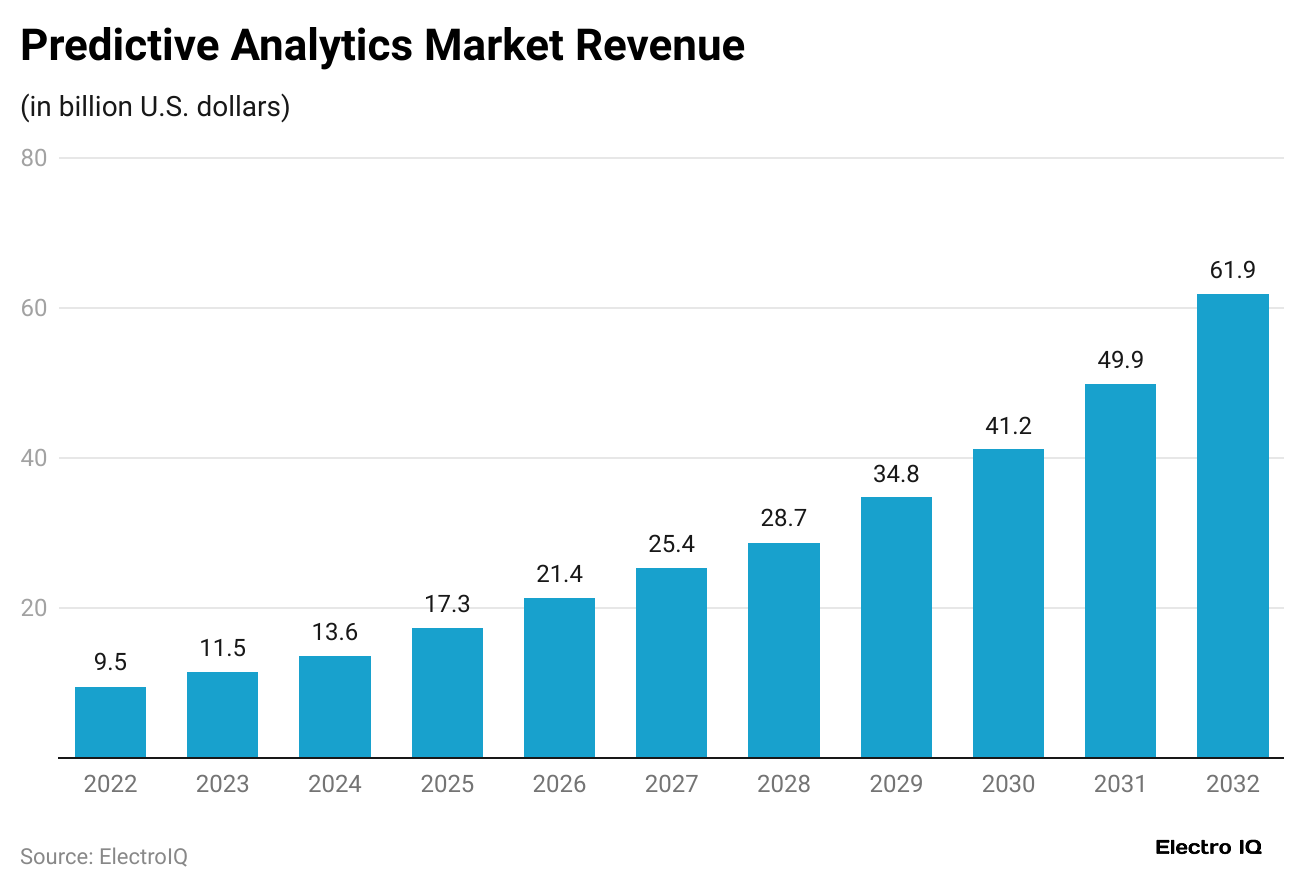
- The total revenue estimated to be earned by the global market of Predictive Analytics will account for USD 17.3 billion by 2025, up from USD 13.6 billion in 2024.
- Furthermore, the market revenue in the coming years is estimated to reach USD 21.4 billion in 2026, followed by USD 25.4 billion in 2027, USD 28.7 billion in 2028, USD 34.8 billion in 2029, USD 41.2 billion in 2030, USD 49.9 billion in 2031, and USD 61.9 billion in 2032.
- The growth rate of the Predictive Analytics market will reach a CAGR of 21.2% from 2025 to 2032.
- Precedence Research further stated that in 2024, North America generated approximately 46% of total market revenue.
- The Asia Pacific region will grow rapidly, with an annual growth rate of 23.4% from 2025 to 2034.
- Large enterprises led the market with a 59% share, while solutions made up 63% of revenue.
- The BFSI sector is projected to expand steadily at a 15.9% CAGR.
By Components
- In 2025, the revenue of the predictive analytics market is expected to be USD 11 billion from solutions and USD 7 billion from services, according to a report published by scoop.market.us.
Predictions of different market revenues in the coming years are stated in the table below:
| Year | Predictive Analytics Market Revenue (USD billion) | |
| Solution | Services | |
|
2026 |
13 | 8 |
| 2027 | 16 |
10 |
|
2028 |
18 | 11 |
| 2029 | 22 |
13 |
|
2030 |
26 | 16 |
| 2031 | 31 |
19 |
|
2032 |
38 |
24 |
By Region
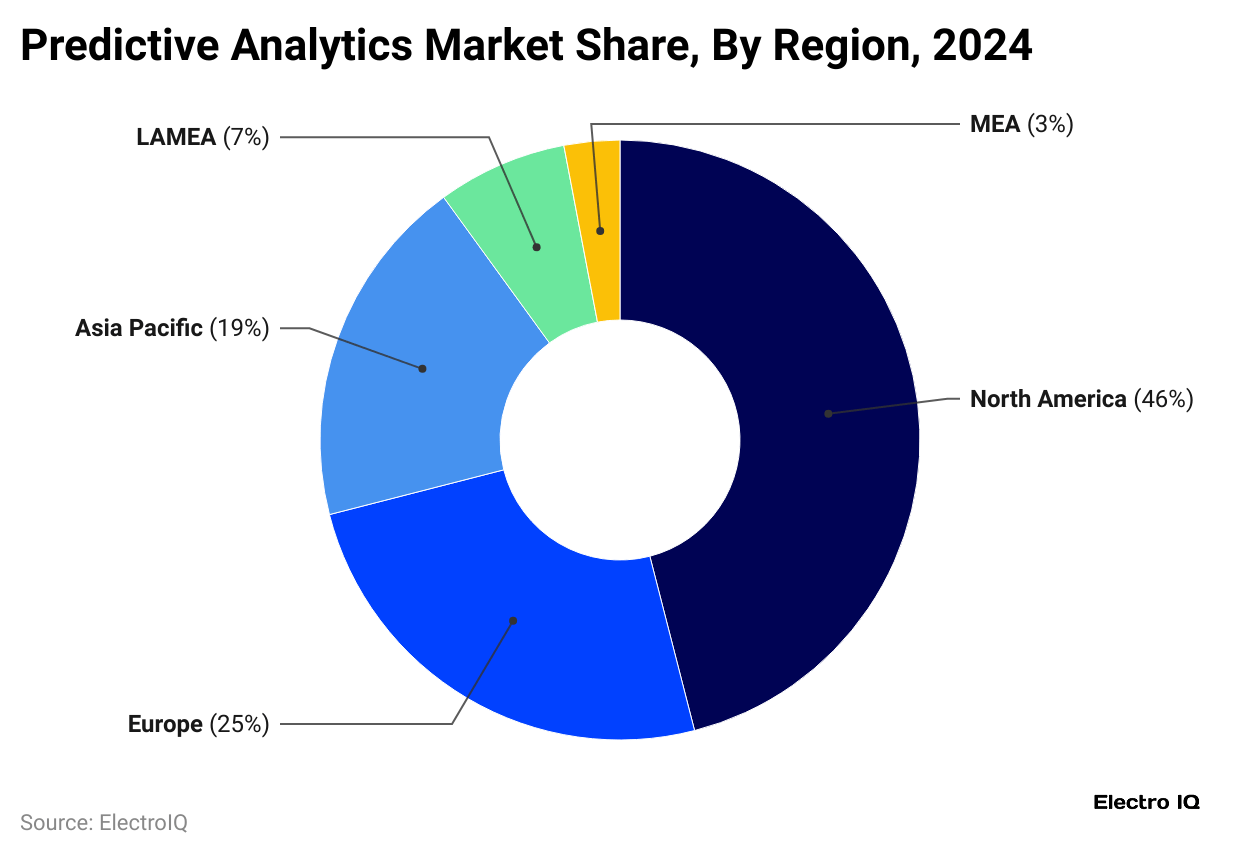
- As of 2024, the highest Predictive Analytics market share was accounted for by the North American region with 46%.
- Meanwhile, Europe followed with 25%, and the Asia Pacific region made up with a share of 19%.
- Followed by other regions, market share was Latin America (7%), and the Middle East & Africa (3%)..
By Country
- According to expertmarketresearch.com, between 2025 and 2034, India is expected to lead the predictive analytics market with a CAGR of 25.7%.
- China follows at 23.9%, while the UK records 19.8%.
- The United States shows 19.3%, and Germany will reach a CAGR of 17.9%.
By Enterprise Size
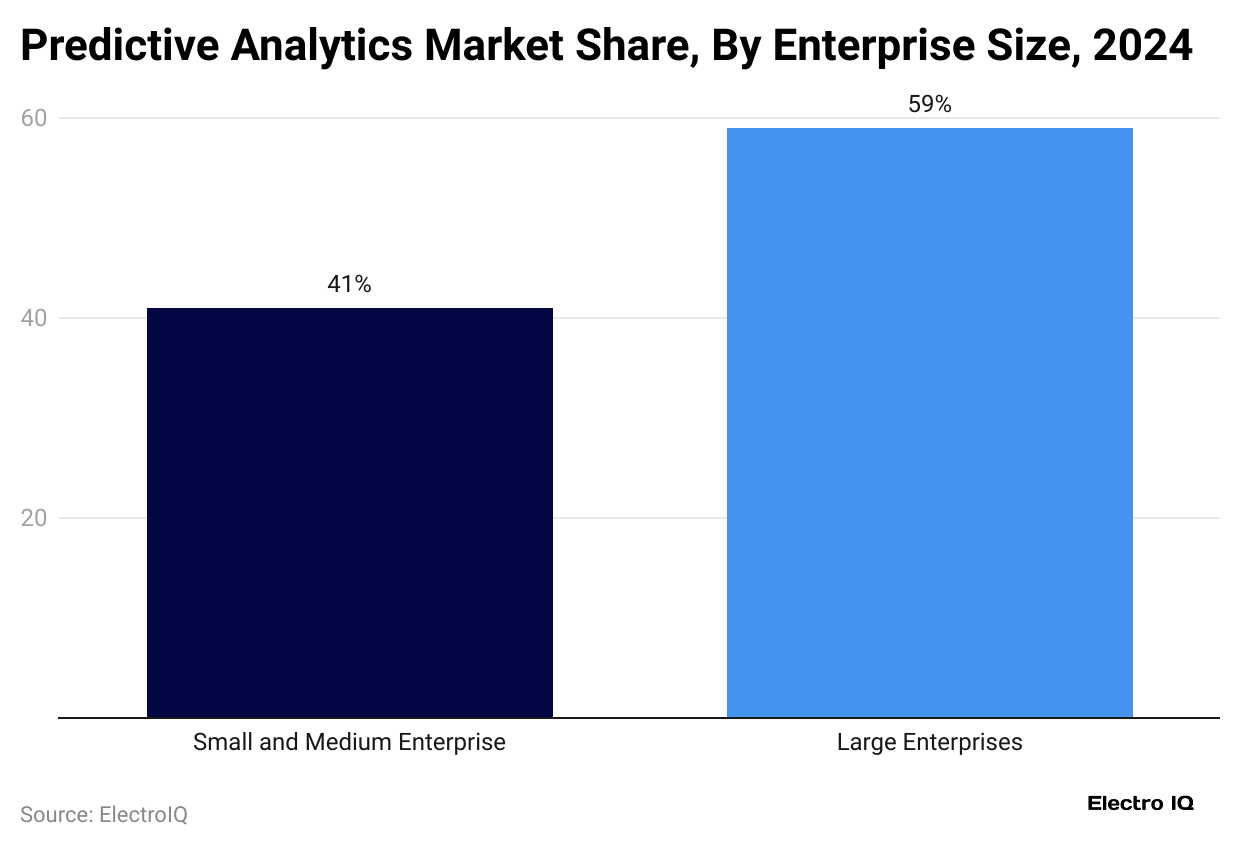
- Large enterprises held the majority in the predictive analytics market in 2024, accounting for 59% of the market.
- Besides, small and medium-sized enterprises (SMEs) contributed the other 41%,
Predictive Analytics Market Statistics in the United States
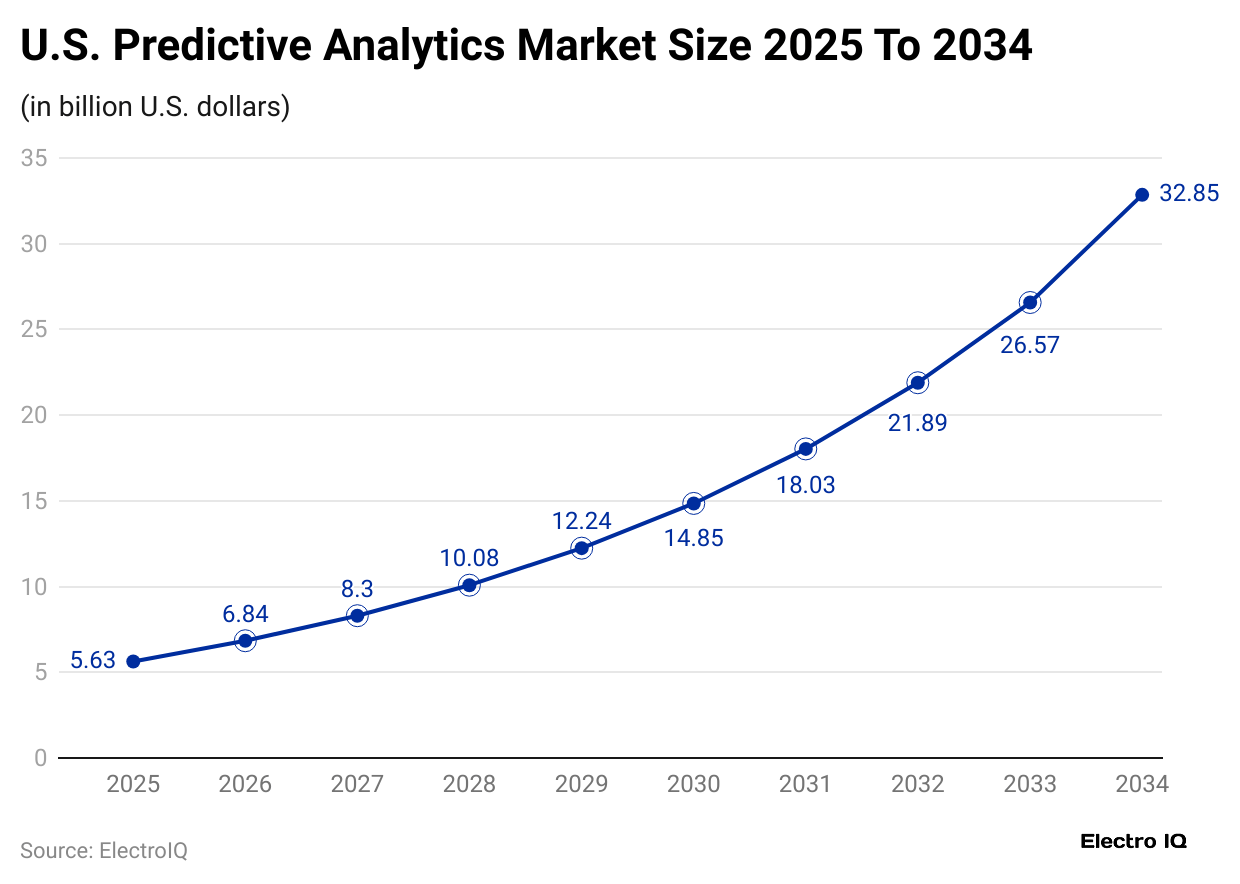
- By 2025, the U.S. Predictive Analytics market will be worth around USD 5.63 billion.
- It is forecast to rise to approximately USD 32.85 billion by 2034, with an annual growth rate of 21.61% from 2025 to 2034.
- Furthermore, the market size in the coming years is expected to be USD 6.84 billion in 2026, USD 8.30 billion in 2027, USD 10.08 billion in 2028, USD 12.24 billion in 2029, USD 14.85 billion in 2030, USD 18.03 billion in 2031, USD 21.89 billion in 2032, and USD 26.57 billion in 2033
Top Tools of Predictive Analytics
- IBM Watson Studio allow for preparing data automatically, managing AI models throughout their lifecycle, and connecting with open-source tools, allowing teams to collaborate easily. It is widely used in healthcare, finance, and retail.
- SAS Predictive Analytics provides advanced data analysis, real-time processing, scalable solutions, and clear visualisations, making it valuable for marketing, manufacturing, and telecom.
- Google Cloud AI Platform covers the full machine learning process, including AutoML, scalability, and BigQuery support, and finds use in retail, finance, and healthcare.
- Microsoft Azure Machine Learning focuses on automated ML, ML operations, integration with Azure services, and interactive workspaces, helping finance, retail, and manufacturing.
- Tableau offers interactive dashboards, visual analytics, and works with R and Python, supporting real-time data insights in sales, marketing, and finance.
Companies Using Predictive Analytics and AI Statistics
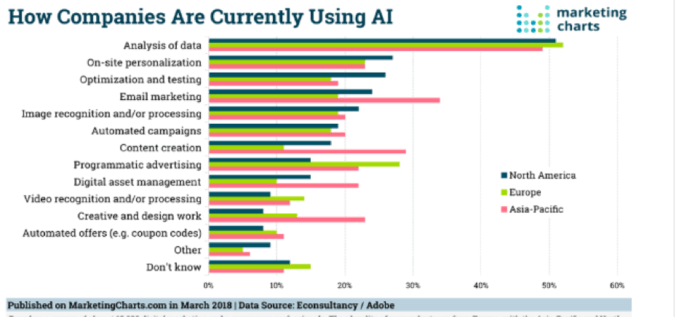
- Data analysis leads the list, with nearly 55% of companies in North America and about 52% in Europe depending on it.
- On-site personalisation is the next most common, used by around 35% of North American and 33% of European firms.
- Optimisation and testing are adopted by nearly 30% in North America and 28% in Europe.
- Interestingly, email marketing is more dominant in the Asia-Pacific region, with almost 32% of companies applying AI.
- Other significant applications include automated campaigns (25% to 30%), programmatic advertising (20% to 25%), and content creation (around 18% to 20%).
Key Predictive Analytics Capabilities for Investors
- As mentioned in McKinsey & Company, around 53% to 55% of portfolio managers use AI tools to improve asset allocation and portfolio performance.
- AI-driven hedge funds outperform traditional funds by an average of 6% annually, with some achieving returns up to 53% in a single year, according to Hedgeweek.
- About 78% to 82% of financial institutions rely on AI for risk assessment, which helps reduce credit risk by 25%.
- AI can enhance forecasting accuracy by up to 40%, lower financial forecasting errors by 20%, and enable real-time market analysis in 47% of investment banks (BCG).
- A report published by journalwjarr.com shows that AI-driven predictive tools cut fraud detection times by 48%, raise detection rates by 50% to 60%, and decrease default rates by 10% to 15%.
AI Adoption in Predictive Analytics Statistics
- A seosandwitch.com report further states that about 74% of organisations now use AI-powered predictive analytics to improve decision-making.
- The global market for AI in predictive analytics reached USD 12.6 billion in 2023 and is expected to grow at a 23% CAGR through 2030.
- 91% of executives believe AI helps make better data-driven decisions than traditional methods.
- In financial services, 62% of firms use AI for predictive modelling.
- 46% of enterprises apply it to predict customer behaviour, while 60% of analytics software revenue comes from AI predictive tools.
- Retailers (81%) use it for inventory and demand forecasts, and 39% of manufacturers employ AI for predictive maintenance.
Recent Development of Predictive Analytics
- In May 2025, Microsoft Corporation launched new Copilot-powered analytics features across Windows, Azure, and Microsoft 365 during its Build 2025 event.
- In June 2025, Siemens AG strengthened its partnership with NVIDIA to bring AI, digital twins, and predictive analytics into industrial use.
- As of 2025, more than half of businesses are likely to use AI-based predictive analytics for better decisions in finance, marketing, and supply chains.
- By 2026, simpler automated platforms could make up 35% of overall market demand.
Conclusion
To sum up, predictive analytics is now a vital tool for today’s businesses, helping them transform past data into useful insights. Using methods such as machine learning, statistical modelling, and data mining, companies can predict trends, make better decisions, lower risks, and find new opportunities. With the growth of data and advances in technology, predictive analytics will continue to be crucial for businesses to stay competitive and use smart, data-driven strategies across all industries.
Sources
FAQ.
Predictive Analytics’ important components are data collection, preprocessing, model building, validation, and deployment.
The three main types of predictive analytics are descriptive, predictive, and prescriptive.
The algorithms most frequently employed include linear regression, logistic regression, decision trees, random forests, support vector machines, neural networks, clustering methods, and techniques for time series forecasting.

Maitrayee Dey has a background in Electrical Engineering and has worked in various technical roles before transitioning to writing. Specializing in technology and Artificial Intelligence, she has served as an Academic Research Analyst and Freelance Writer, particularly focusing on education and healthcare in Australia. Maitrayee's lifelong passions for writing and painting led her to pursue a full-time writing career. She is also the creator of a cooking YouTube channel, where she shares her culinary adventures. At Smartphone Thoughts, Maitrayee brings her expertise in technology to provide in-depth smartphone reviews and app-related statistics, making complex topics easy to understand for all readers.

